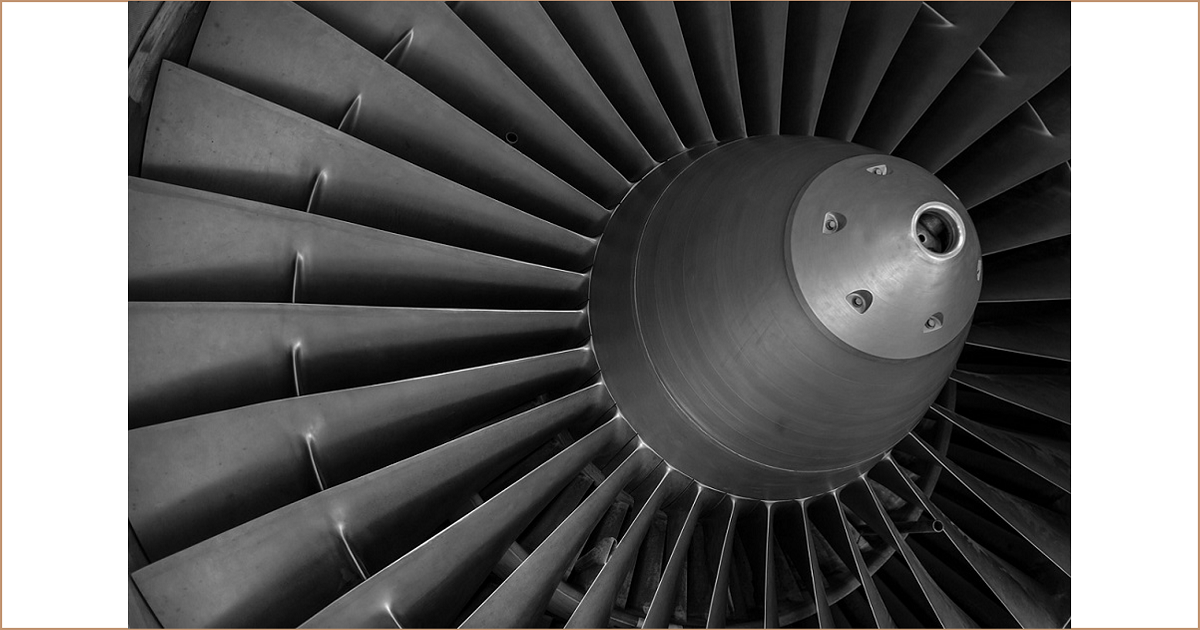- 3.2Impact Factor
- 6.4CiteScore
- 16 daysTime to First Decision
Fabrication, Characterization, and Application of High-Temperature Materials and Coatings
This special issue belongs to the section “Materials Physics“.
Special Issue Information
Dear Colleagues,
Recent decades have witnessed rapid development in high-temperature industries such as energy conversion systems of land-based power plants or nuclear operations as well as propulsion systems of aircraft or rockets. The prosperity of these state-of-the-art technologies largely relies on the heat resistance of hot-section structural materials that can be operated at elevated temperatures. There are a variety of high-temperature materials such as metals, intermetallic compounds, and ceramics as well as their composites. These materials need to be “strong” enough to withstand heat flux, radiation, corrosive atmosphere and, of course, complex stress. However, one should recognize that the pursuit of higher thermal efficiency never stops acting as the driving force for increasing the operating temperature of the high-temperature components. As a result, a series of advanced ultrahigh-temperature materials have stepped onto the stage. Key questions to be addressed include: why do these materials work at high temperatures? What happens to the microstructure of these materials when serving in such severe conditions? How do we design novel high-temperature or ultrahigh-temperature materials? You are welcome to contribute to this Special Issue on “Fabrication, Characterization, and Application of High-Temperature Materials and Coatings”, which is dedicated to revealing the mysteries of these materials. The topics of interest include (but are not limited to):
- Alloy design for high-temperature materials and coatings;
- Microstructure of high-temperature materials and coatings;
- Fabrication of high-temperature materials and coatings;
- Mechanical properties of high-temperature materials and coatings;
- Corrosion resistance of high-temperature materials and coatings;
- Failure of high-temperature materials and coatings;
- New insight into high-temperature materials and coatings.
Dr. Mi Zhao
Dr. Yong Deng
Guest Editors
Manuscript Submission Information
Manuscripts should be submitted online at www.mdpi.com by registering and logging in to this website. Once you are registered, click here to go to the submission form. Manuscripts can be submitted until the deadline. All submissions that pass pre-check are peer-reviewed. Accepted papers will be published continuously in the journal (as soon as accepted) and will be listed together on the special issue website. Research articles, review articles as well as short communications are invited. For planned papers, a title and short abstract (about 250 words) can be sent to the Editorial Office for assessment.
Submitted manuscripts should not have been published previously, nor be under consideration for publication elsewhere (except conference proceedings papers). All manuscripts are thoroughly refereed through a single-blind peer-review process. A guide for authors and other relevant information for submission of manuscripts is available on the Instructions for Authors page. Materials is an international peer-reviewed open access semimonthly journal published by MDPI.
Please visit the Instructions for Authors page before submitting a manuscript. The Article Processing Charge (APC) for publication in this open access journal is 2600 CHF (Swiss Francs). Submitted papers should be well formatted and use good English. Authors may use MDPI's English editing service prior to publication or during author revisions.
Keywords
- high-temperature materials and coatings
- alloy design
- microstrucure
- mechanical properties
- corrosion
- fabrication process

Benefits of Publishing in a Special Issue
- Ease of navigation: Grouping papers by topic helps scholars navigate broad scope journals more efficiently.
- Greater discoverability: Special Issues support the reach and impact of scientific research. Articles in Special Issues are more discoverable and cited more frequently.
- Expansion of research network: Special Issues facilitate connections among authors, fostering scientific collaborations.
- External promotion: Articles in Special Issues are often promoted through the journal's social media, increasing their visibility.
- e-Book format: Special Issues with more than 10 articles can be published as dedicated e-books, ensuring wide and rapid dissemination.

